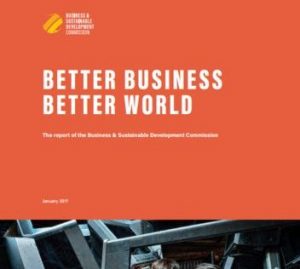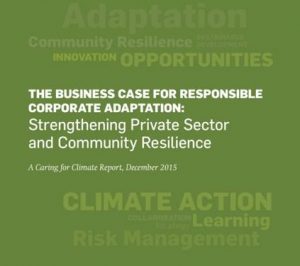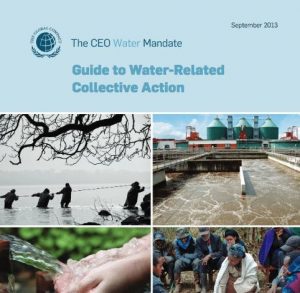Primary Functions
- Assess the human, environmental and business case for accelerating water management improvements in the apparel sector in light of an increasingly water constrained world.
Detailed Description
There is an urgent environmental, human and business case for accelerating water management improvements in the apparel sector in light of an increasingly water constrained world. This report provides a state of the sector overview of water stress for apparel and textiles.
The water challenge for apparel sits within a wider context of water constraints and increasing competition for supply. At the big picture, water scarcity has been identified as the number one global risk to society over the next ten years by the World Economic Forum. From a human rights perspective, access to safe, clean drinking water supplies, hygiene and sanitation are already risks in many world regions. Competing uses for water across the nexus of water, food, energy and climate change will constrain water availability for the textiles sector and become more severe in the future. By 2030, global population is expected to be 9 billion and economic growth in emerging markets will be 6 percent with over 2 percent in developed. By this time, 4 billion people are expected to live in high water stressed areas and global freshwater demand will exceed supply by over 40 percent under business as usual practices. This represents a major resource risk for apparel in terms of continued security of supply, competitiveness and resilience.
The growing water crisis is becoming the elephant in the board room for apparel and textile companies that needs to be acknowledged. This report highlights examples of innovators from industry, technology, finance, government and collaborations that are starting to understand these risks and develop actions to reduce the water footprint. Beyond these early adopters, an industry strategy and roadmap is needed for mainstreaming action towards a common water stewardship vision that is commensurate with the true scale of the water challenge.





